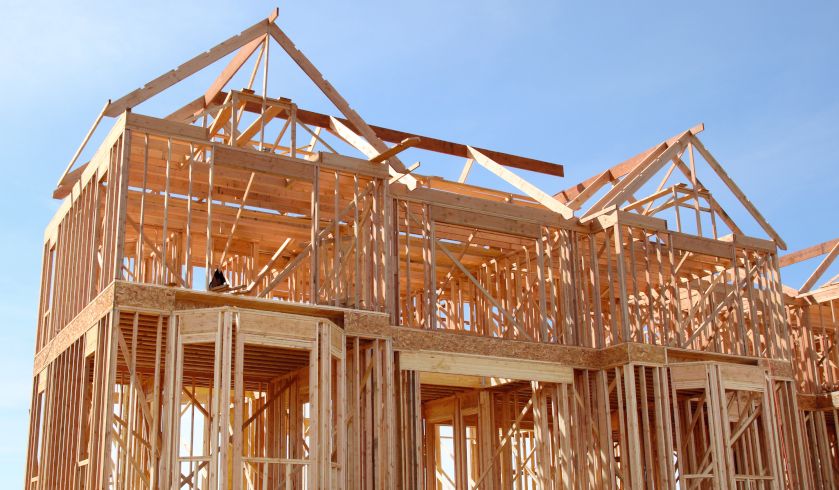Builders going bankrupt — what’s causing it and how you can protect yourself
We are all painfully aware of the impact the COVID-19 pandemic has had on our lives over the past couple of years. Lockdowns, lay-offs, and online schooling — the list is never-ending.

One sector that has felt, and is continuing to feel, the effects of the pandemic acutely is the building and construction industry. Having witnessed the ups and downs of this sector firsthand for decades, it is safe to say I have never witnessed anything quite like the current climate.
Several major construction companies have gone into liquidation this year, including Probuild, Condev, and Privium, and it is estimated around half of Australian building companies are trading insolvent. The construction industry records more insolvencies each year than any other sector, and this trend is only set to worsen.
So, what is causing this crisis? Supply chain issues, state-enforced shutdowns, high material costs, and labour shortages over the past two years have created the perfect storm — one that builders and consumers are still trying to navigate.
With the cost of materials increasing massively throughout the pandemic (around 15 to 20 per cent in 2021 alone), many builders have struggled to obtain the supplies needed to complete their projects. Those with the foresight to stock up on materials are dealing with a heavy burden on cash flow. On the other hand, companies lacking capital don’t have the luxury of securing materials in advance when the opportunity arises.
Rising material costs have been compounded by supply chain issues, with strains on logistics and delays in delivery causing a bottleneck. Throughout 2020 and 2021, only a small fraction of container ships arrived in their designated berth windows. The industry continues to suffer from a shortage of materials and labour, with one affecting the other. Many builders are still unable to source adequate labour at rates they can afford, leaving builds unfinished and profit margins suffering. The shortage of skilled trades means various components are built offsite and brought in, as there aren’t enough experienced tradesmen available to keep things moving onsite.
Rather than suffer through this “profitless boom”, we are seeing many people leave the industry altogether. The dominos have begun to fall, with many more construction companies tipped to go under, leaving consumers, tradespeople, and subcontractors in the lurch.
This begs the question: how can you protect yourself?
To prevent headaches and heartache down the track, it’s vitally important to choose your builder carefully. If your only consideration is who will do the build for the cheapest price, you’re at risk of dealing with insolvency issues down the track. If a builder is forced to walk away from a project halfway through, it’s going to cost you more in the long run to deal with the stress, cost, and time of finding a new builder.
Consumers must do their research and choose a builder that is reasonably priced, reputable, and has mechanisms in place to avoid bankruptcy as best they can. Doing your due diligence is vital as it may alert you to any red flags, including if a builder has engaged in misconduct or has credit issues. Consumers can search the Victorian Building Authority’s Disciplinary Register and obtain a credit reference from various online agencies. These references are handy to confirm if a builder is paying their suppliers on time, and whether they have a good industry rating.
Speaking to customer references and reading reviews also provides valuable insight to consumers, as a trustworthy builder will be happy to offer verifiable references. References and reviews may be able to alleviate concerns or answer questions in relation to price, timeliness, communication, payments, and quality of work. However, it’s important to take reviews with a grain of salt, as most builders will receive the occasional negative review for any number of reasons. Use your discretion, make an overall assessment, and pay attention to whether the vast majority of reviews are positive, neutral, or negative.
Given the current climate, it’s essential to ensure your builder is adequately insured. You can speak to your builder to confirm they have the necessary insurance in place and ask to see a certificate of currency for public liability insurance.
It’s also important to develop a good working relationship with your builder, to ensure that any issues, delays, or added costs can be addressed productively. Being able to manage risks through good faith discussions will allow consumers and builders to navigate the pandemic landscape to achieve the best possible results.
Tristan Angelini is the managing director at Hillbrook.